The path to circularity in Europe: recognising the value of waste

There is widespread consensus that we urgently need to reassess our relationship with plastics. High-profile organisations such as the UN’s Conference of the Parties (COP) and the Ellen MacArthur Foundation consistently highlight this issue, but progress to date has been slow. Even in Europe, which has led the way on initiatives to support the circular economy, plastics consumption is continuing to grow and recycling rates have yet to show rapid expansion.
The plastics supply chain is adapting to become more circular, but the packaging industry lacks the volume and quality of recycled plastic it needs to meet fast-approaching EU targets for recycled content. Achieving plastics circularity requires a fundamental rethink in our approach to plastic waste. Only by recognising the value of plastic waste will recycling become established as the most advantageous end-of-life solution for it.
How much plastic packaging is recycled in Europe?
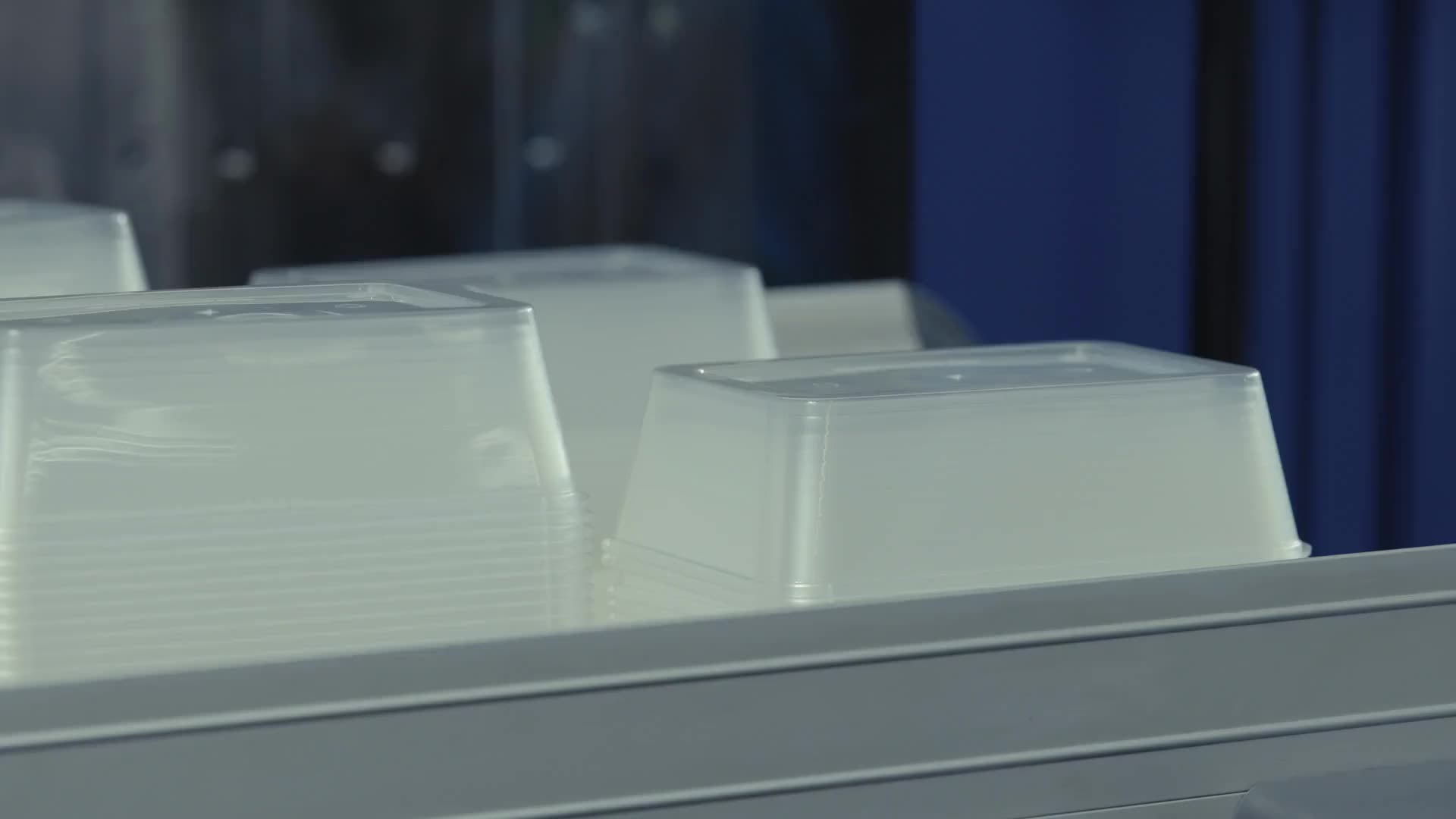
At around 150kg annually per person, average plastics consumption in Western Europe is more than twice the global average of 60kg and rising. The Organisation for Economic Co-operation and Development (OECD) expects European plastic consumption to increase significantly, from 88.1 million tonnes per year in 2024 to 182.4 million tonnes per year by 2060.
In 2023, Eurostat reported that almost 16 million tonnes of plastic packaging waste was generated in the EU, an average of 36kgs per person, of which 14.2 kg, or 40% was recycled. Plastics Europe’s figures are similar, suggesting that the EU27+3 generated 18.5 million tonnes of plastic packaging waste in 2022, of which 7 million, or 37.8% was recycled. With rising consumption, there is a clear need to improve recycling rates.
The European Environment Agency (EEA) noted in 2023 that while “the proportion of waste generated that is recycled has been growing in the EU-27… recently, the rate of progress has been stagnating and in some cases has reversed, with packaging waste recycling actually decreasing in the past five years… Achieving circularity in Europe… requires continuous ambitious waste management policy setting to incentivise recycling and discourage waste disposal in landfills and incineration plants.”
Is Europe on track to meet EU targets?
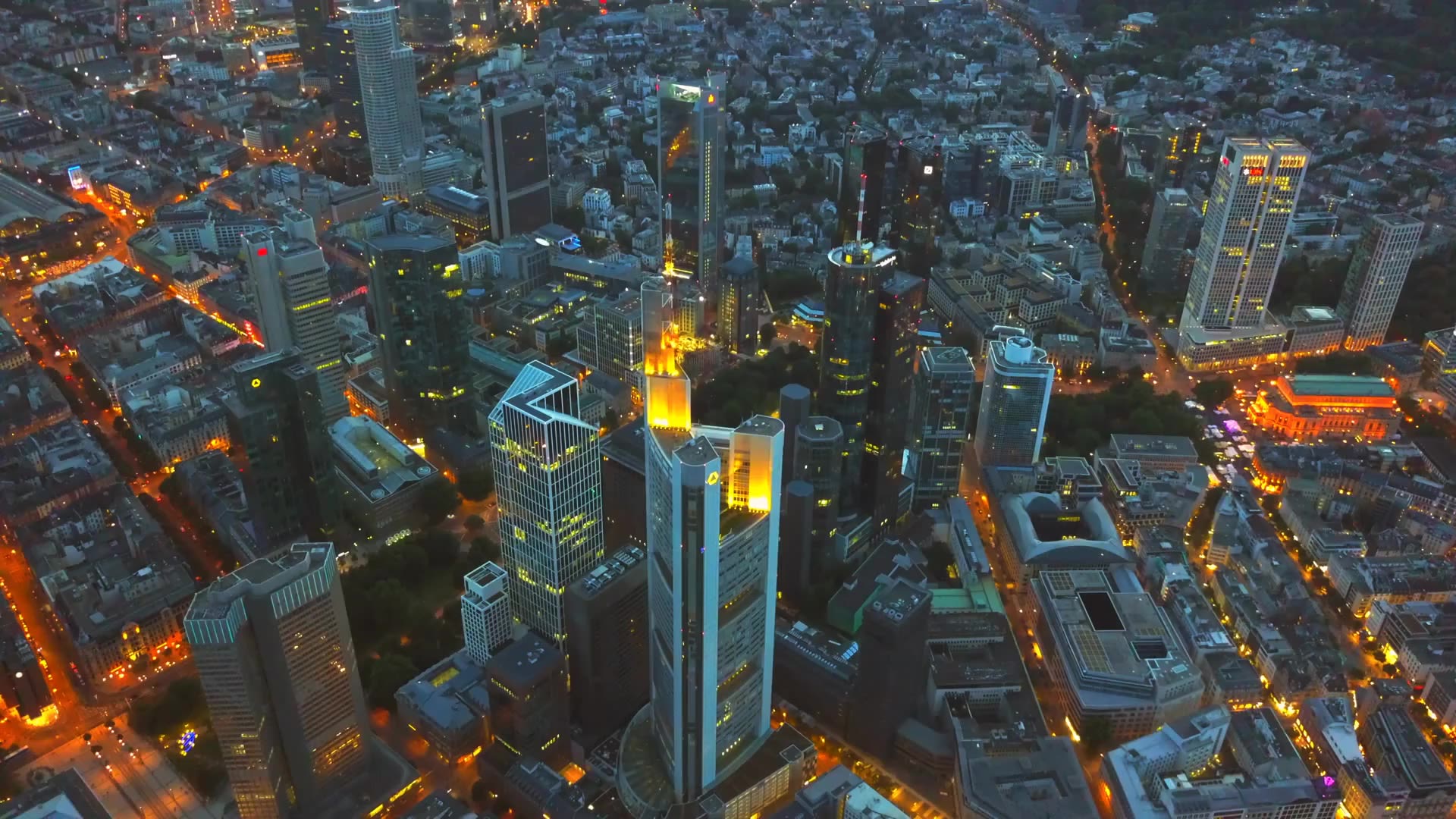
EU targets for recycling and recycled content have been fundamental in driving change. The EU has set a target for 50% of plastic packaging to be recycled by 2025, rising to 55% by 2030. The new Packaging and Packaging Waste Regulation (PPWR), which is yet to be formally adopted, includes a raft of mandatory legislation. It seeks that all plastic packaging be recyclable or reusable by 2030 and contain between 10-35% recycled content, depending on the application, rising to 25-65% by 2040.
Other requirements include mandatory deposit return schemes (DRS) and separate packaging collection targets; the extension of extended producer responsibility (EPR) schemes; new reporting and labelling obligations; and allowing imports to count towards recycling targets, provided they are of similar quality to domestic material and have been separately collected.
The plastics industry, both upstream and downstream, is working hard to meet these targets. But, as the EEA noted, plastic packaging is the most demanding packaging waste stream to recycle; it cautioned in mid-2023 that 19 EU member states would struggle to meet the 50% target for plastic packaging by 2025.
Current European recycling capacity
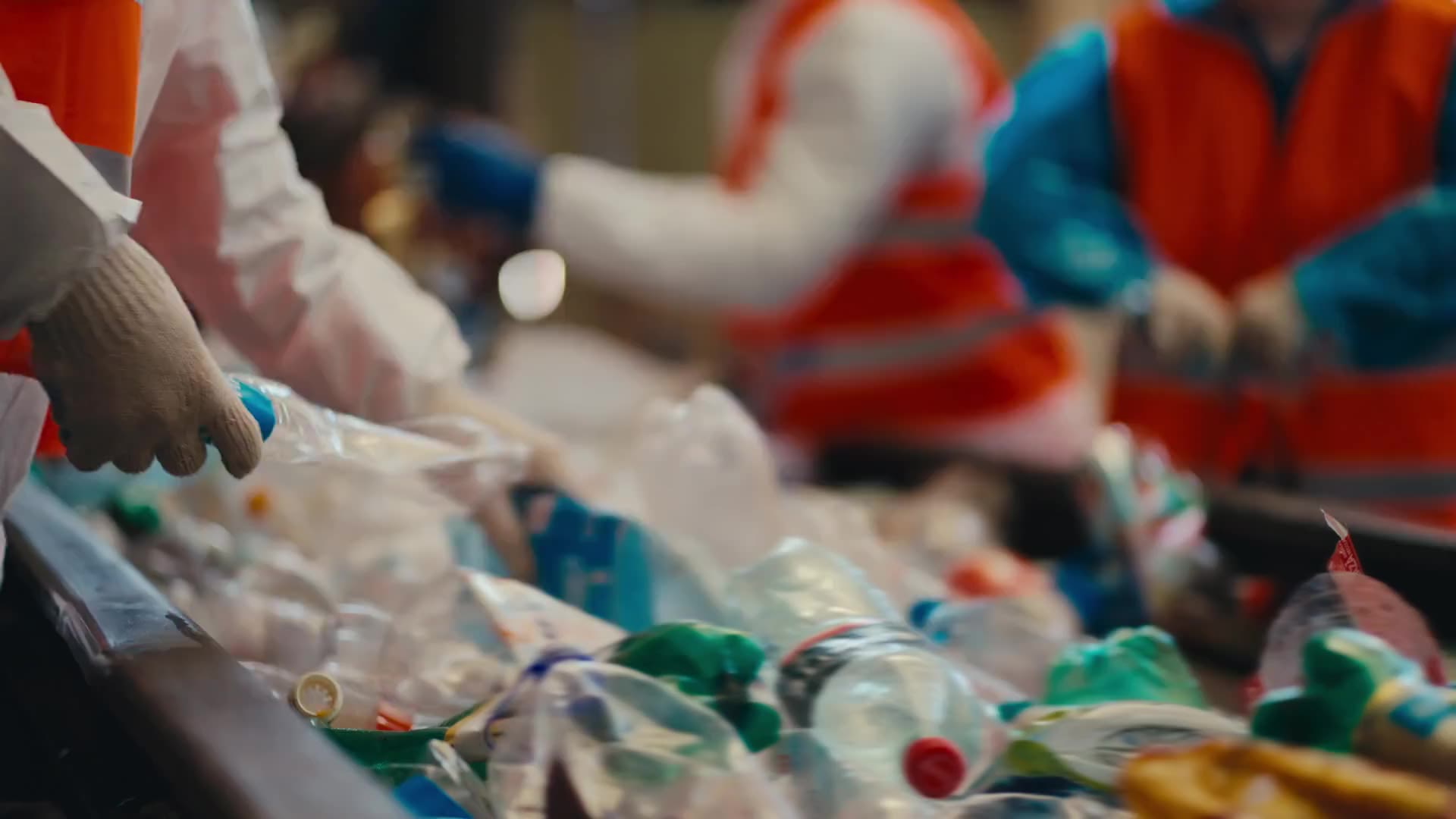
According to ICIS data, European installed mechanical recycling capacity for the three key polymers (recycled polyethylene terephthalate (R-PET), recycled polypropylene (R-PP) and recycled polyethylene (R-PE)) in 2023 was over 12 million tonnes per year, with an output of 4 million tonnes from over 800 facilities. European installed chemical recycling capacity totalled 150,000 tonnes that year.
As momentum towards the circular economy builds, recycling capacity will need to increase to meet rising demand. Waste sorting infrastructure also needs significant expansion and improvement to serve increasingly sophisticated recycling facilities. The current weak macroeconomic outlook and regulatory uncertainty have contributed to slow investment in further capacity building.
The unrecognised value of waste
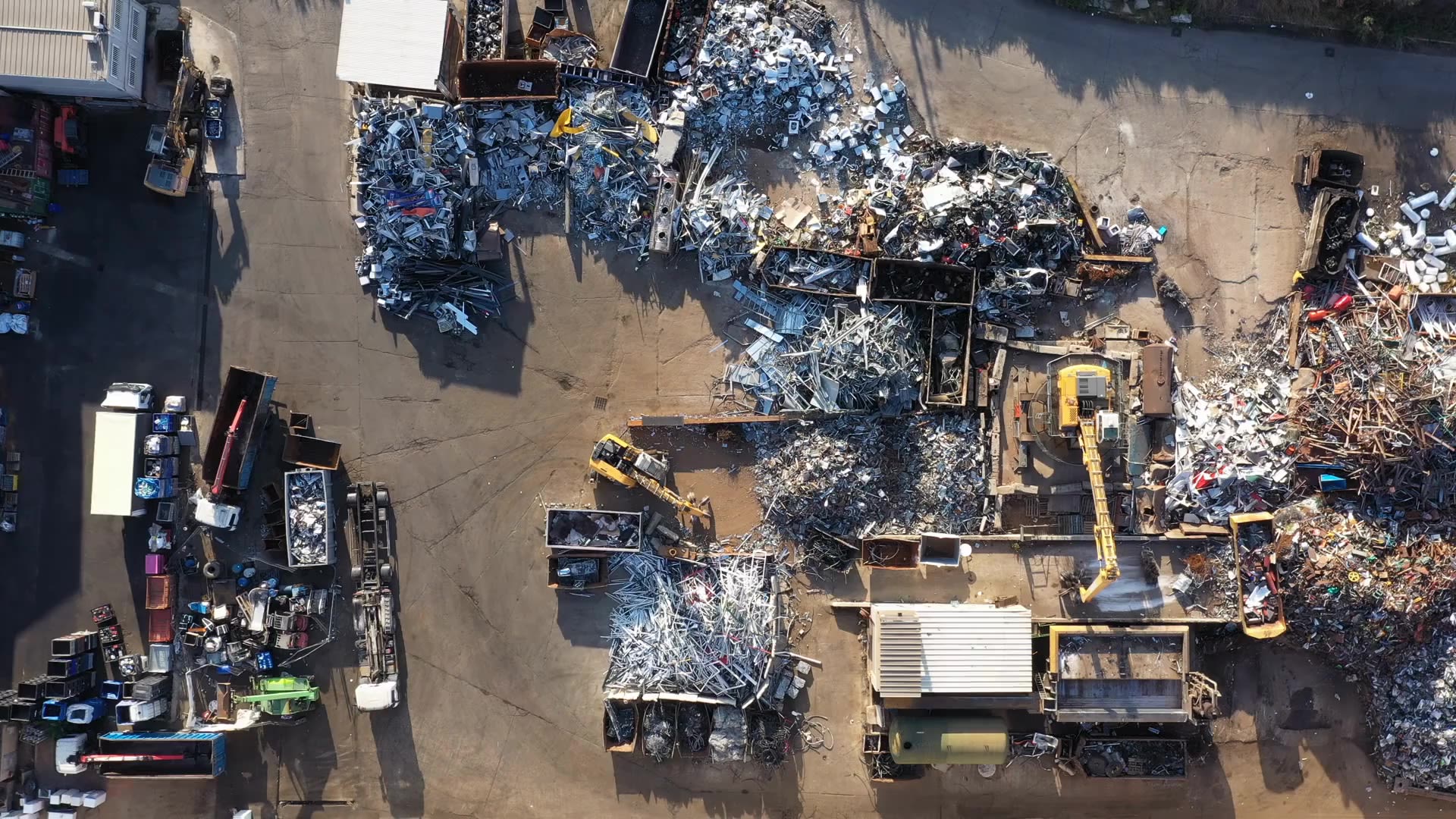
Europe benefits from strong waste infrastructure, yet a significant proportion of collected waste ends up in landfills or is incinerated, including plastic waste sent for recycling. For it to be recycled, it needs to meet the quality required for recycling, but this is not always the case.
Plastic waste is a valuable feedstock for the recycling industry. It is critical that recyclers can access a consistent supply of suitable feedstock at a cost that enables them to produce recycled polymers at attractive prices. However, recyclers have no control over the quality of feedstock supply.
Post-consumer (PCR), and even post-industrial plastic waste often contains a mix of recyclable and unrecyclable materials, or waste that is unsuitable for recycling due to contamination. This lack of uniformity poses challenges for both mechanical and chemical recyclers, as the need for pre-sorting to eliminate contaminants and impurities adds to production costs. Feedstocks with high levels of contamination diminish the quality of the output material, limiting its viability for high-value applications.
One stream of plastic waste comes in the form of mixed plastic waste (MPW) bales containing a minimum of 90% mixed polyolefins such as polyethylene (PE) and polypropylene (PP). MPW pricing has been extremely volatile in recent years, partly due to the challenge of matching supply and demand. Waste managers have little control over the type or volume of waste entering the recycling chain because the input mix of waste bales varies according to consumer purchasing behaviour.
Coupled with this, unprocessed waste bales typically degrade over time, with any contaminants often acting as a catalyst to that degradation. As a result, while waste bales typically need to be sold within a matter of weeks, reprocessed mechanical or chemically recycled material can generally be stored for up to a year. With demand changing in response to external market factors, the supply of waste and downstream demand rarely match, creating a natural base volatility in market prices.
Since September 2022, for example ex-works Northwest European 90% MPW bales have traded as high as €550/tonne and as low as zero, driven by the shifting supply/demand imbalance. Recyclers cannot operate for long, giving bales away for free based on cost saving versus cost of disposal.
Steps towards recognising the value of plastic waste
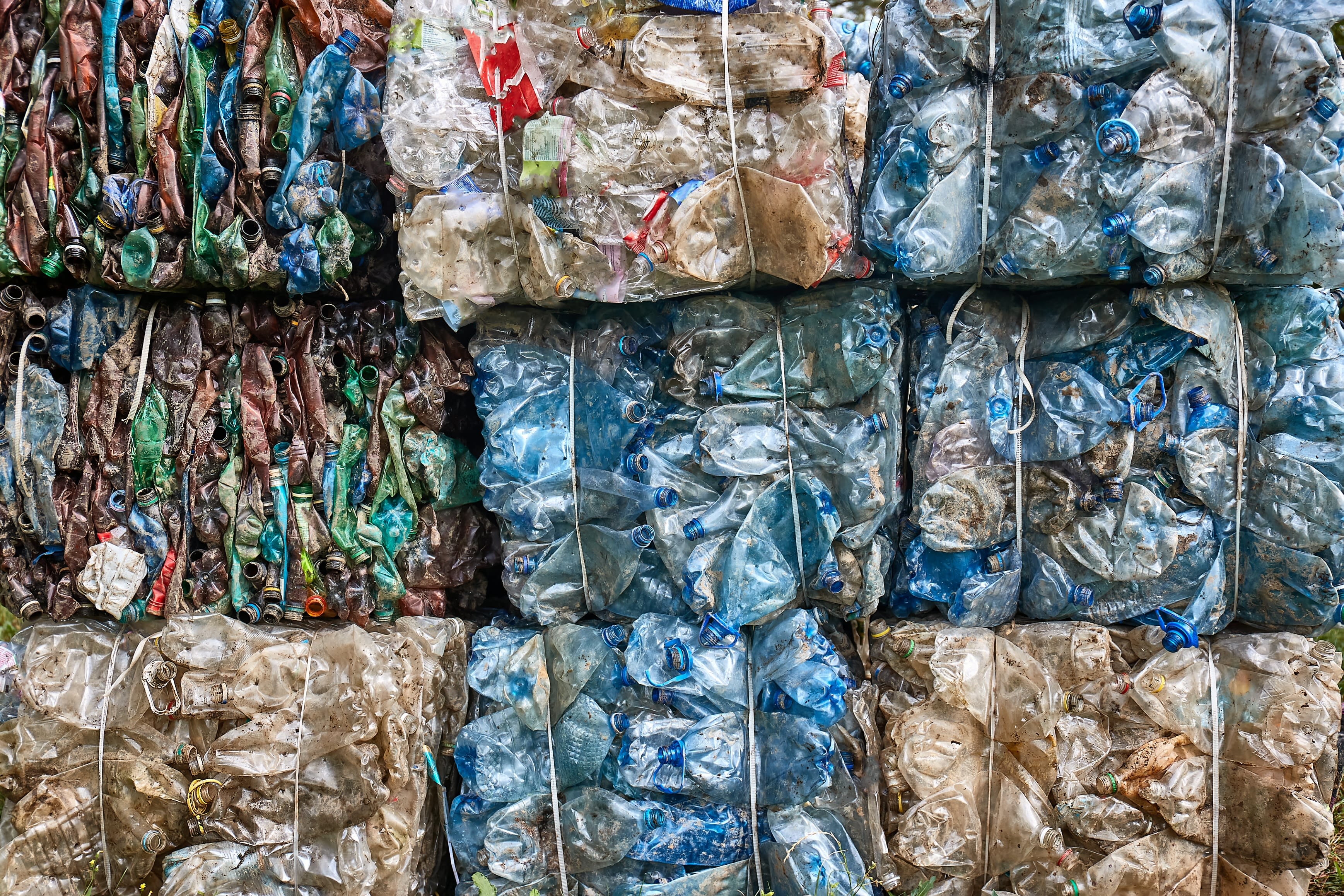
For plastics recycling rates to improve, collected waste needs to be fully optimised for recycling. All recyclable plastics should make their way to a recycler capable of recycling them, whether mechanical or chemical. New regulation that makes circularity the requirement will improve sorting, and additional initiatives that are already underway or could be introduced include:
Conclusion
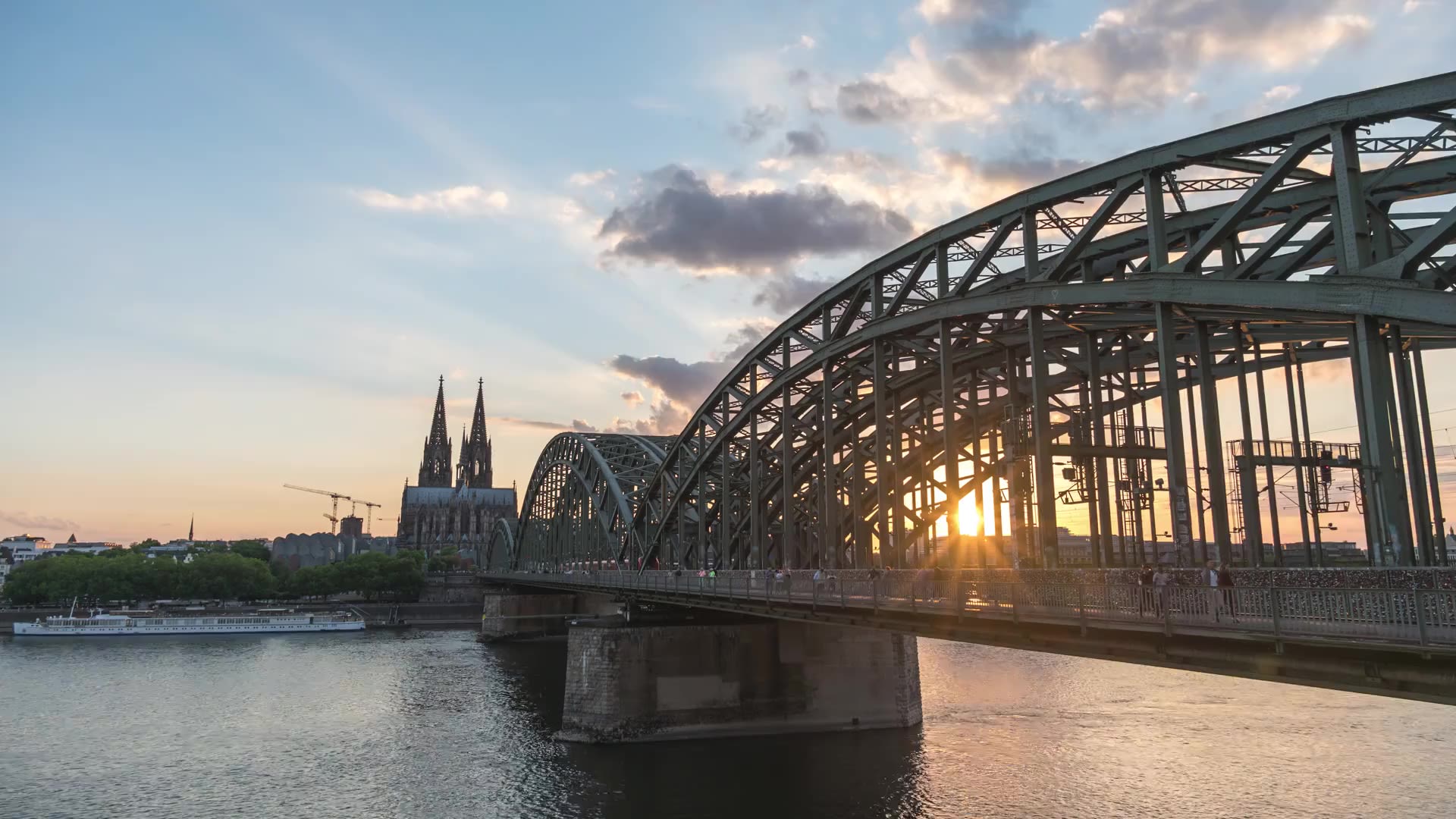
In a circular economy, waste is a valuable resource. Europe is making great strides towards plastics circularity but tough targets and strong waste collection will not alone eradicate the challenges in generating fully recyclable or recycled plastic waste. Rethinking our attitude to waste and starting to look at its value as a resource will be critical to progress.
Author:
Corinne de Berry is a Senior Copywriter at ICIS, working across sustainability, chemicals and energy. Her interests span decarbonisation/net zero, recycling and the energy transition.
Related content
Speak with ICIS
If you are interested in learning about how our specialist insight can help you make better business decisions, contact the ICIS team today. Simply complete the form and we will get in touch with you as soon as possible.


